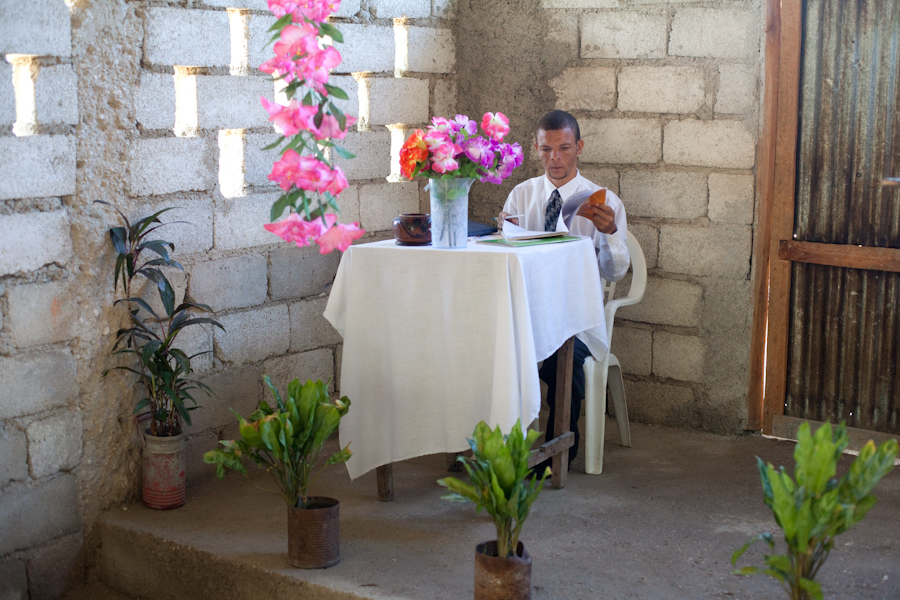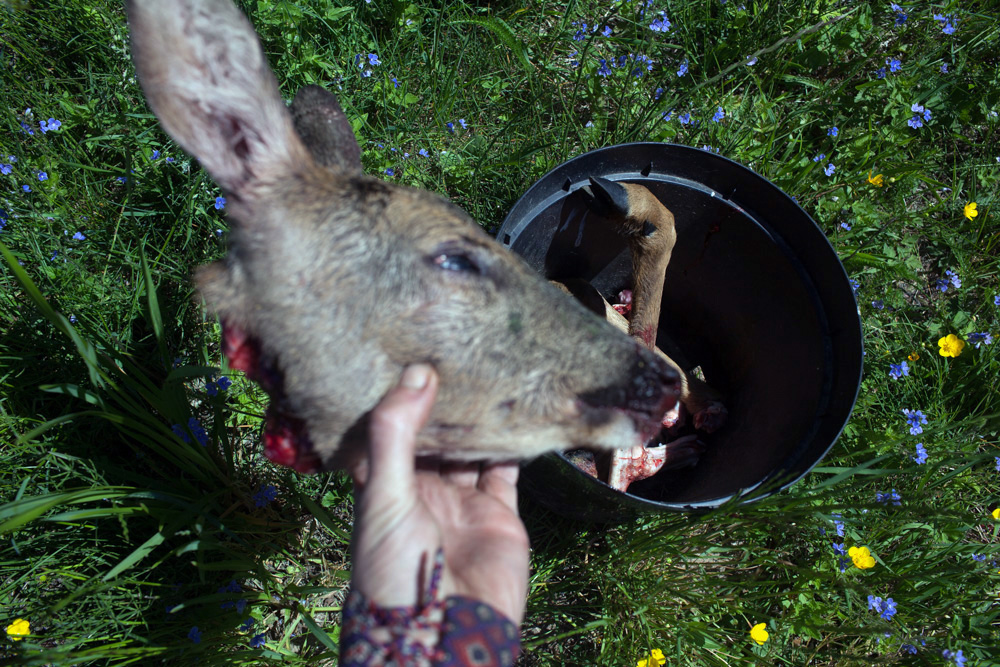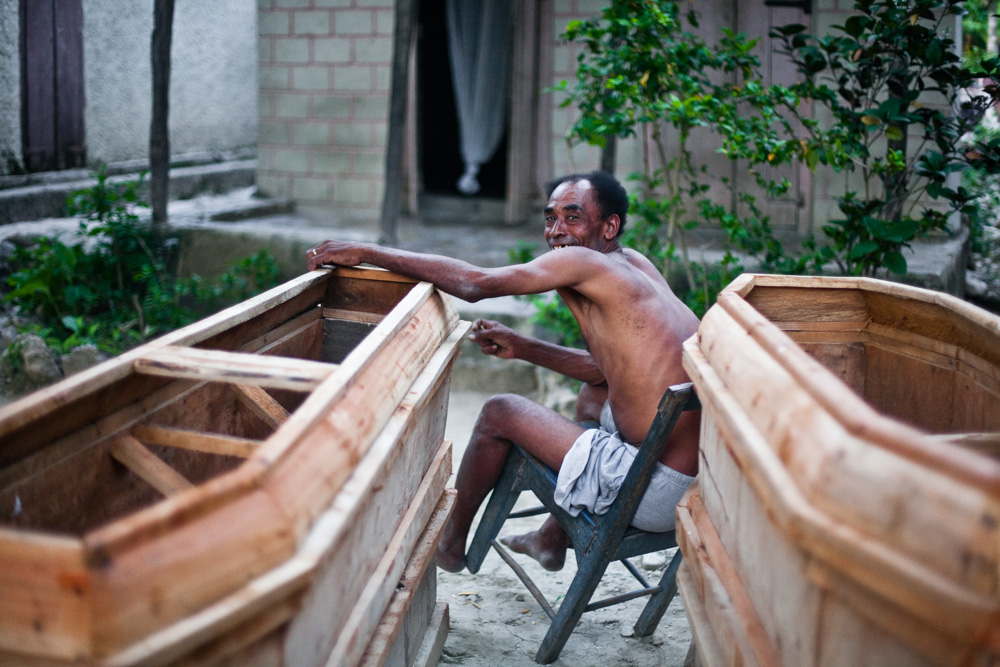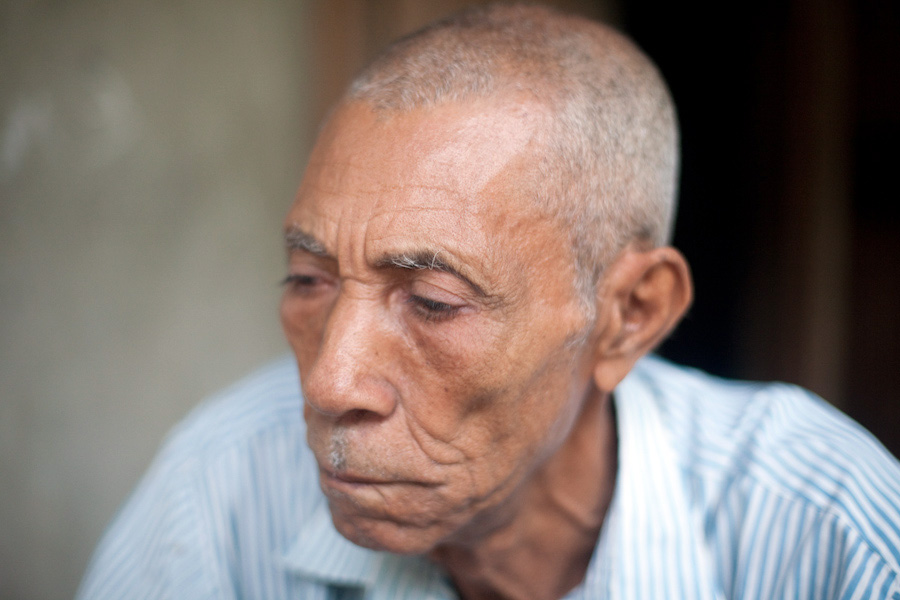
When after French Revolution changes started to appear in St Domingue, ( former name of Haiti, at that time French colony ) , in 1792, Léger-Félicité Sonthonax was sent to the colony by the French Legislative Assembly as part of the Revolutionary Commission. His main goal was to maintain French control of Saint-Domingue, stabilize the colony, and enforce the social equality recently granted to free people of color by the National Convention of France.
On August 29, 1793, Sonthonax took the radical step of proclaiming the freedom of the slaves in the north province (with severe limits on their freedom). In September and October, emancipation was extended throughout the colony. On February 4, 1794 the French National Convention ratified this act, applying it to all French colonies.
However, not only white plantators but also mixed mulattoes and free men of colour, that were to build future elites of independednt state, were opposed to abolition of slavery and fought the French force. Finally, slaves under Toussaint Ouvertoure managed to take control of the whole Hispaniola island and slavery was abolished in 1801.
In the meantime continental France was taken over by Napoleon, and in 1802 he sent a massive invasion force under his brother-in-law Charles Leclerc in order to take over the island and restore slavery when possible.
The contingent was around 40000 strong and included Polish Legion, army created according to the wishful thinking of Polish soldiers that by helping Napoleon in his wars, freedom will be won for Poland. The slogan of the time was “For yours and our freedom”. However, when the Legionnaires realized that the campaign has very little to do with liberating and is actually about enslaving people fighting for their rights, they refused, deserted and in many cases joined the slave army.
The invading army perished anyway due to yellow fever and malaria, and at the same time war resumed between France and Britain, so Napoleon was forced to sell his overseas possessions to USA in Louisiana Purchase.
On January 1, 1804 independent Haiti was declared, remaining colonizers who didnt manage to flee were slaughtered and white people prohibited from possesing property in Haitian soil.
One exception were Polish soldiers, in gratitude for their actions during the war of independence they were allowed to stay and were spared the fate of other whites, which some of them choose , settling in places like Fond des Blanc or Cazales. For many who survived, that was the only options, as only some officers were able to pay for the passage back to Europe, and no soldiers were paid by French, since they were forced by them to leave Europe for that expedition.
During the fighting time, they were decimated by yellow fever but also often killed by blacks when captured, and when they deserted , they were on their own, equally fearing the French and the slaves.
As Margaret Odrowaz-Sypniewska ( www.angelfire.com/mi4/polcrt/PolesinHaitiA.html ) writes :
“First of all, you must remember that Haiti was a world the Polish soldiers never imagined. Poland was not this hot. Poland did not have yellow fever and other tropical diseases. They were ill prepared for the heat and thus looked to the mountains. Most Poles were not familiar with black men. There was hatred towards whites perpetrated by the blacks, and the French feared and hated the blacks equally, in return. The Poles that could afford it bought passage back to Poland. Those that could not fled to the remote, uninhabited areas where they thought the French could not find them. At this point they weren’t sure they might not be killed by the slaves. They knew their lives were not valued, at this point, by either side. To surrender meant either instant death or a punishment. Their fate was made they had to hide. Eventually they learned that they could own land because they fought with the slaves. Their world as they knew it was in total and complete upheaval.”
In isolation for a long time, memory of old traditions and language started to die out, but there is still awareness of their heritage, of being different. This is portrait of Cazales, biggest of those villages, name , as locals believe , originating from popular Polish name Zalewski and creole word Kay. The home of Zalewski, the home of the Polish descendants.
***
Niepublikowane dotąd zdjęcia z wioski Cazales, gdzie mieszkają potomkowie polskich legionistów wysłanych przez Napoleona do tłumienia powstania niewolników. Więcej fotografii można znaleźć pod tym linkiem :
“200 lat od domu”
Jest już sporo publikacji na ten temat od czasu naszej wizyty i trzesięnia ziemi, więc podam kilka linków bo nie chce mi się tłumaczyć powyższego tekstu :
polskie_voodoo_na_haiti_smierc_seks_i_czarna_bogini
haiti-niezwykla-polska-wyspa-na-krancu-swiata
troszke-ciemniejsi-polacy



***



***



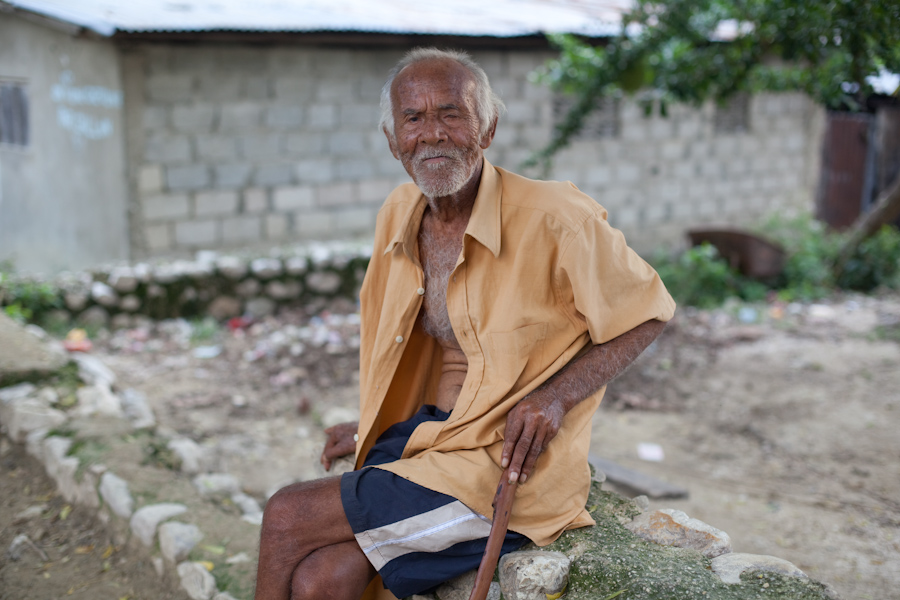
***
